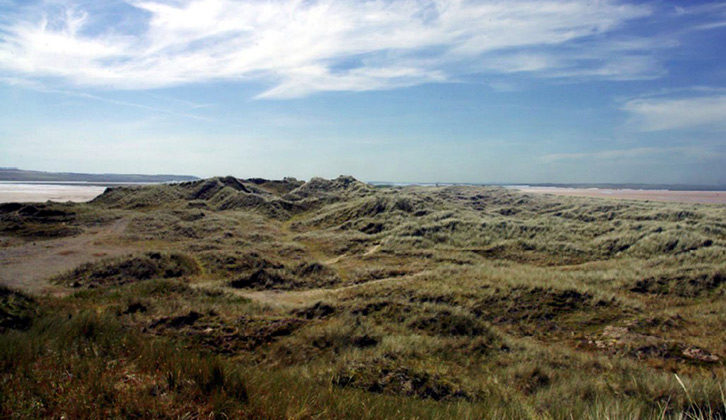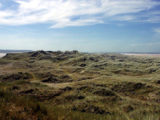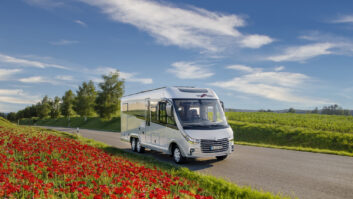Staying at one of the UK’s best motorhome sites provides you with a great chance to get out in the fresh air and explore the beautiful surrounding area. A picturesque place to do this is at one of our National Nature Reserves (NNR) – areas of land that have been set aside solely for nature.
They’re dotted all over Britain and provide a great base for getting closer to wildlife and the natural world.
With 2022 representing their 70th anniversary, we chatted to Marian Spain, Chief Executive of Natural England, to find out a bit more about NNRs, the popular destinations to visit, the habits motorhome users can adopt to help nature, find out about the Piltdown Skull hoax and more…
1. Tell us a bit about National Nature Reserves and why they’re so important.
If you want to enjoy nature in Britain, an NNR is the best place to do it – they’re the ‘Premier League’ of Conservation. They’re across the UK and are the very best places to see nature in many different aspects.
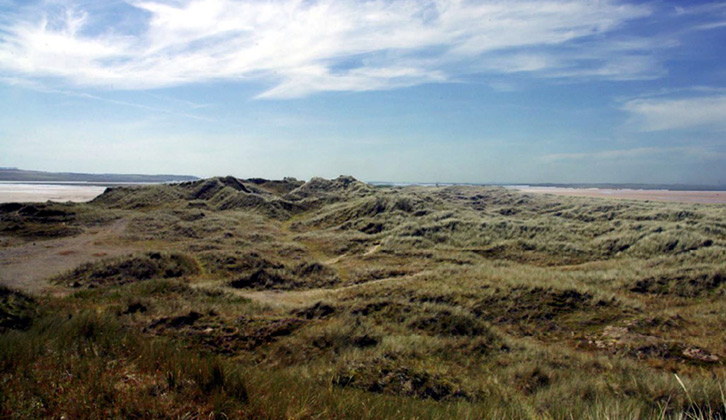
Some of our rarest wildlife can only be found on our NNRs; in fact, they’re home to about a quarter of our native species and are hotspots for nature. They’re also important for their geology – the other side of nature – and are often very beautiful places, providing stunning views.
2. Why do you think motorhome users should head to an NNR this year? What are the main benefits?
If you want to see nature go to an NNR. You won’t find everything – wildlife is not guaranteed, it’s not predictable – but you’ve got the best chance of seeing some of our most beautiful and interesting wildlife and natural heritage at an NNR.
I guess the other reason for going is it’s a milestone year for our reserves – they’re 70 years old. They were created through the 1949 Act that also gave us our national parks and national trails, which I think a lot of motorhome users will be familiar with.
As it’s the 70th anniversary this year, there are a lot of special events happening on them too, ranging from family-friendly events like rock pooling through to guided walks, as well as the chance to volunteer on some of them. You can find out about the events that will be taking place here.
They’re all open all the time. Anybody can visit and they’re all free.
3. What are your tips for getting the most out of a visit to an NNR?
My first tip would be to do a bit of homework before you go – they’re all quite different. Some of them are tiny, others very big. Some of them have visitor facilities, including parking and bird hides, while some of them have very little, with barely a pull in off the road.
Some of them are coastal sand dunes, others are inland meadows, some of them are big open nature sites and so on. So my top tip is to understand what you can do there and what you’re likely to see so you’re ready to enjoy it.
When you get there, you’ll find information onsite about the wildlife you’re likely to see, as well as recommended walking routes.
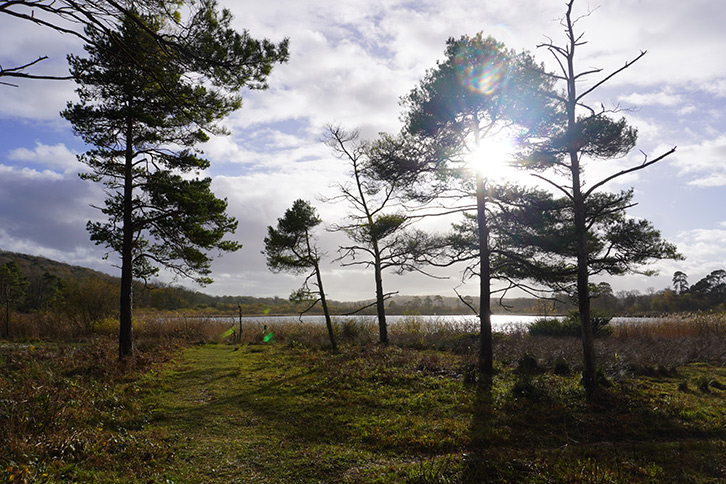
Something else your readers might want to do is remind themselves of the Countryside Code, so they don’t inadvertently cause damage. Keeping your dog on a lead is often very important at a nature reserve and you also need to be really careful to avoid lighting fires or having barbecues.
You’ll also want to make sure you leave gates as you find them, as well as thinking about where you park – don’t just pull into passing places; instead, make sure you use proper parking spaces and don’t block farmers’ gates.
Some NNRs are very close to public areas – one of them is in the middle of London, Richmond Park. However, a lot of them are in more remote areas, so just think about slowing down on rural roads and giving priority to walkers, cyclists and horse riders.
I’m sure your readers do this anyway, as people who drive motorhomes will be very aware of their impact on other road users, but just remind yourself of what you shouldn’t do in these places or in the countryside in general.
Lastly, just go and enjoy them; sit in them, soak up the nature and let the birds come to you.
4. What have been the biggest changes to NNRs over the last 70 years?
They were originally places of science and in the early days, a lot of them weren’t open to the public. There were signs up saying “National Nature Reserve, keep out” because they were places of study and research.
That’s probably the biggest change over the last 10 to 15 years, they’ve all been fully opened to the public.
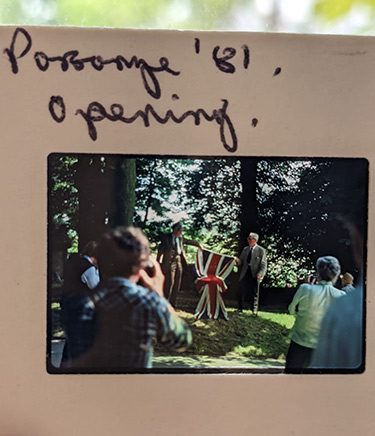
That’s, in part, because of the greater understanding of how important it is for people to access nature, but also because we’ve learned a lot more about how you can accommodate access and nature.
There will be some parts of the reserves where you might find a sign saying, “keep out of this part of the reserve” – for instance, at this time of year with birds nesting, particularly ground nesting birds – but a lot of the time you can visit and enjoy them without damaging nature.
5. What do you think the future holds for NNRs?
I think we’ll continue to see what we’ve seen over the last 20 years, with more changes happening to make NNRs more welcoming.
They’re not all owned by Natural England – they are being increasingly owned by wildlife charities, like the National Trust and the Wildlife Trust, as well as by private landowners, so some of the big farming bodies and big farms own them. They, in particular, are investing more in visitor services.
I think they’re going to get bigger as well. We now have what we call ‘super’ national nature reserves – the first of those was declared last year, and on the 19th May, the Somerset Wetlands ‘super’ NNR was announced. They’re much bigger areas of land and they join lots of landowners together. A chunk of the Somerset Wetlands ‘super’ NNR is owned by us, a chunk is owned by one of the wildlife trusts, some of it is owned by private farmers. They’ll be bigger; more robust and resilient, allowing more people to enjoy them, as well as providing more space for nature.
The third trend is closer to towns and cities – we need nature close to where we live. They’re not just wildlife preserves anymore. They’re an active part of the fight against climate change, with peatlands and wetlands able to soak up carbon.
6. What’s a fact about an NNR that our readers will be surprised to hear about?
I don’t know if you remember the Piltdown skull hoax?
One of the first NNRs that was declared in 1952 was at Piltdown.
In the 1950s, there was a skull found, and it was claimed to be the skull of the first modern man to live in Britain. This was treated as an archaeological artefact and about 20 years later it was discredited as a fraud. So we had to “de-declare” the NNR because it suddenly wasn’t the birthplace of man in England.
7. What are the rarest sights our readers could expect to see at an NNR, and where should they go to spot them?
In Kingley Vale in Sussex, there are yew trees that are thought to be the oldest living things in Britain.
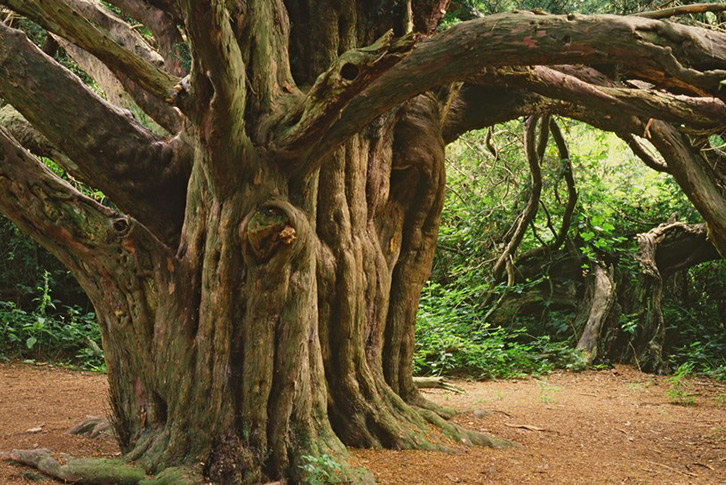
Then, at Moccas Park, there is a beetle that only lives on 16 trees. If you go there, chances are you won’t see it because it literally lives on 16 trees but when you’re on the site, you’ll know you’re near something special.
Another is at Lyme Regis Nature Reserve – when you go here, you’ll be walking on the fossils that made Mary Anning famous and founded geology as a science in Britain.
8. What are the most popular NNRs to visit and why are they so popular?
Richmond Park is the most visited because of where it is, and I suspect a lot of people who visit don’t know that it’s a national nature reserve. That’s fine – they’re going there because it’s a beautiful place in the middle of London, but there is a lot of rare wildlife at Richmond Park that a lot of visitors perhaps don’t see.
Sherwood Forest is also a national nature reserve because it is an ancient woodland, it’s got one of the most famous oak trees in the country on it, and as the woodland is so old, it hosts very rare wildlife that depend on the trees.
9. Which NNRs should our readers head to if they want to truly bask in nature this year?
You don’t have to go to an NNR and go on a vigorous nature walk with a microscope and a set of binoculars.
One of my best days out in the last year was at Ainsdale Sand Dunes, which is on the outskirts of Liverpool.
I used to go there when I was at university in Liverpool and I went back a few months ago with the NNR team and we literally spent an hour sitting in a deck chair just soaking the place up, so if you like the coast that could be worth a visit.
The Lincolnshire Coast has got three national nature reserves that more or less join up along the coast – if you’re in that part of the world and want a peaceful break, go to the NNRs. If you go in the winter, they also have the biggest seal populations around Britain.
As a lot of them are woodlands, they’re really great for forest bathing too – that idea of being amongst trees and sitting and relaxing.
There are also some NNRs where you really can get away from it all. Stiperstones NNR is a wonderful location because you’re very high up there – you really have that sense that you’re away from everything.
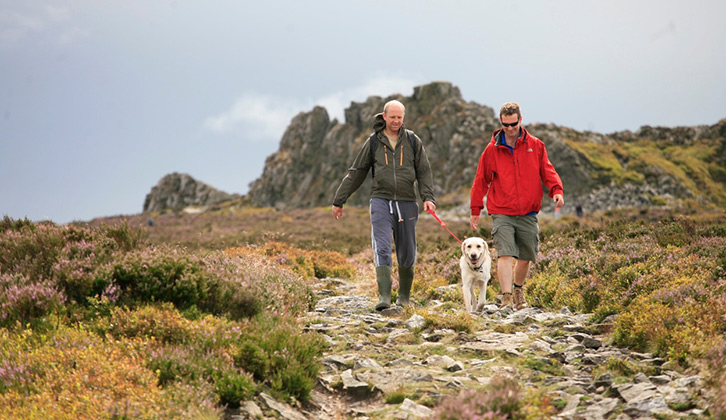
You’re up there on the ridge, and it’s a very open and peaceful place with lots of heathland around you. From there, I don’t think you can see a house.
10. Are there any habits motorhome users can adopt that could help the natural world?
Going to a campsite is a sociable thing where you’re talking to the people around you, so I think it presents you with an excellent chance to be an ambassador for the Countryside Code.
The Countryside Code also says respect and be polite to other people. The wonderful thing about nature is that you often meet like-minded people, so just share your experiences – say hello and have a chat.
I think another habit to adopt is just to enjoy the natural world – give it time to relax in, because it’s good for you. Keep the habit up when you get home too; you can visit nature reserves nearby. There are lots of local wildlife sites that could do with volunteering or fundraising help, so maybe if you’re inspired by visiting a nature reserve, you can help out with your local wildlife site on your return.
Lead image: Lindisfarne National Nature Reserve – credit: Simon Melville / Natural England
If you’ve enjoyed reading this review, why not get the latest news, reviews and features delivered direct to your door or inbox every month. Take advantage of our brilliant Practical Motorhome magazine SUBSCRIBERS’ OFFER and SIGN UP TO OUR NEWSLETTER for regular weekly updates on all things motorhome related.
